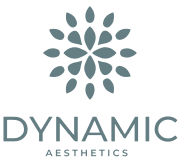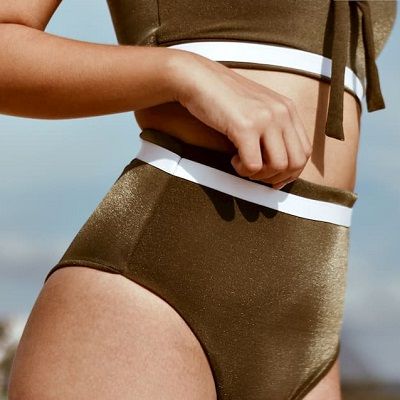
What are Varicose Veins?
Varicose veins are twisted and swollen veins that can be red, blue, or flesh-colored. More prominent veins can look like a rope and cause the skin to swell.
They typically appear on the thighs, on the inside of the legs, on the back and front of the calves, or near the ankles and feet. During pregnancy, varicose veins can develop around the inner thighs, lower pelvis, and buttocks. Learn some facts about Varicose Veins here.
What are Spider Veins?
Spider veins are dilation of capillaries, arterioles, and venous. Their average diameter reaches 0.1-0.3 mm. They are blue if venous blood flows through them and red if arterial blood flows from them. They are smaller than varicose veins in size.
What are the Symptoms of Varicose and Spider Veins?
Some people have no apparent symptoms. Those who have symptoms can have legs feeling exhausted, heavy, or painful. If the patient stands or keeps sitting for long periods, the symptoms can get worse. Also, they can improve after taking a rest.
Other symptoms that the patient may experience with varicose and spider veins comprise of:
- Throbbing or cramps
- Swelling
- Itching
Changes in hormone levels can also affect the symptoms. Because of this, you may notice more symptoms during specific periods of the menstrual cycle, pregnancy, or menopause.
What Causes Varicose Veins and Spider Veins?
If such patterns have appeared on the legs, then the reason is most probably a genetic predisposition. Think of your relatives. If they suffer from varicose veins, there is a 70% chance of getting them too.
Yes, heredity is extremely important, but there are some other reasons for the appearance of spider veins as well.
These may include:
- Physical activity.
- Excess weight.
- Taking hormonal drugs.
- Wearing uncomfortable shoes.
- Bad habits.
Yes, it is difficult to find anyone these days without a single of the problems from this shortlist.
How are Varicose Veins and Spider Veins Diagnosed?
The doctor will look at the patient’s legs or feet while they are standing or sitting. The doctor may ask about your symptoms and pain. Sometimes the doctor or nurse may do other tests to rule out other health problems.
Your doctor may perform one of the following procedures:
Ultrasonic:
Sound waves are used to create a picture of the inside of the patient’s body. The doctor or nurse may check the patient’s veins’ blood flow to check for loose or leaking valves and blood clots.
Venogram:
This test is done to get a better understanding of the patient’s blood flow. A venogram is a kind of X-ray that uses a dye to help the doctor see the veins in your legs. A venogram is a type of angiogram, a test that is typically used for heart disease. This test is only used if your doctor or nurse thinks you may have a large blood clot.
How are Varicose Veins and Spider Veins Treated?
The Best Way to Get Rid of Varicose Veins & Spider Veins would be without undergoing surgery. The doctor may prescribe medications to treat symptoms of varicose veins for several symptoms, including swelling, pain, and itching.
Other non-surgical treatments for varicose veins and spider veins include:
Sclerotherapy:
Sclerotherapy in Dubai is the most common treatment for varicose veins and smaller spider veins. The doctor injects a chemical into your vein. The chemical causes the vein walls to swell, clump, and thicken. This stops blood flow and turns the vein into scar tissue. Your doctor or nurse may advise you to wear gradient compression stockings after sclerotherapy to speed healing. The vein should turn pale after a couple of weeks. You may need several treatments for it to work. There is also a chance that varicose veins or spider veins will return.
Locking System:
This system only works on the veins just below the skin’s surface. This option does not respond to more profound vein treatment. The procedure permanently closes the vein by injecting glue (sticky material) into the vein. After treatment, the healthy veins around the blocked vein take on normal blood flow.
Laser Procedures:
Spider veins and varicose veins with a diameter of fewer than 3 millimeters can be treated with a laser. In Laser Treatment, intense flashes of light are directed through the skin and veins. This will slowly make the veins turn pale and vanish. You may want several treatments to close the spider veins on your legs.
Laser and Radiofrequency Ablation:
This procedure treats the more prominent and bulging veins right under the skin in the legs. A tiny tube is inserted into the vein. The doctor then inserts a small probe into the tube. The device at the end of the probe heats the inside of the vein and closes it. The device uses radio waves or laser energy to seal a vein permanently. The healthy veins around the blocked vein accept normal blood flow.











